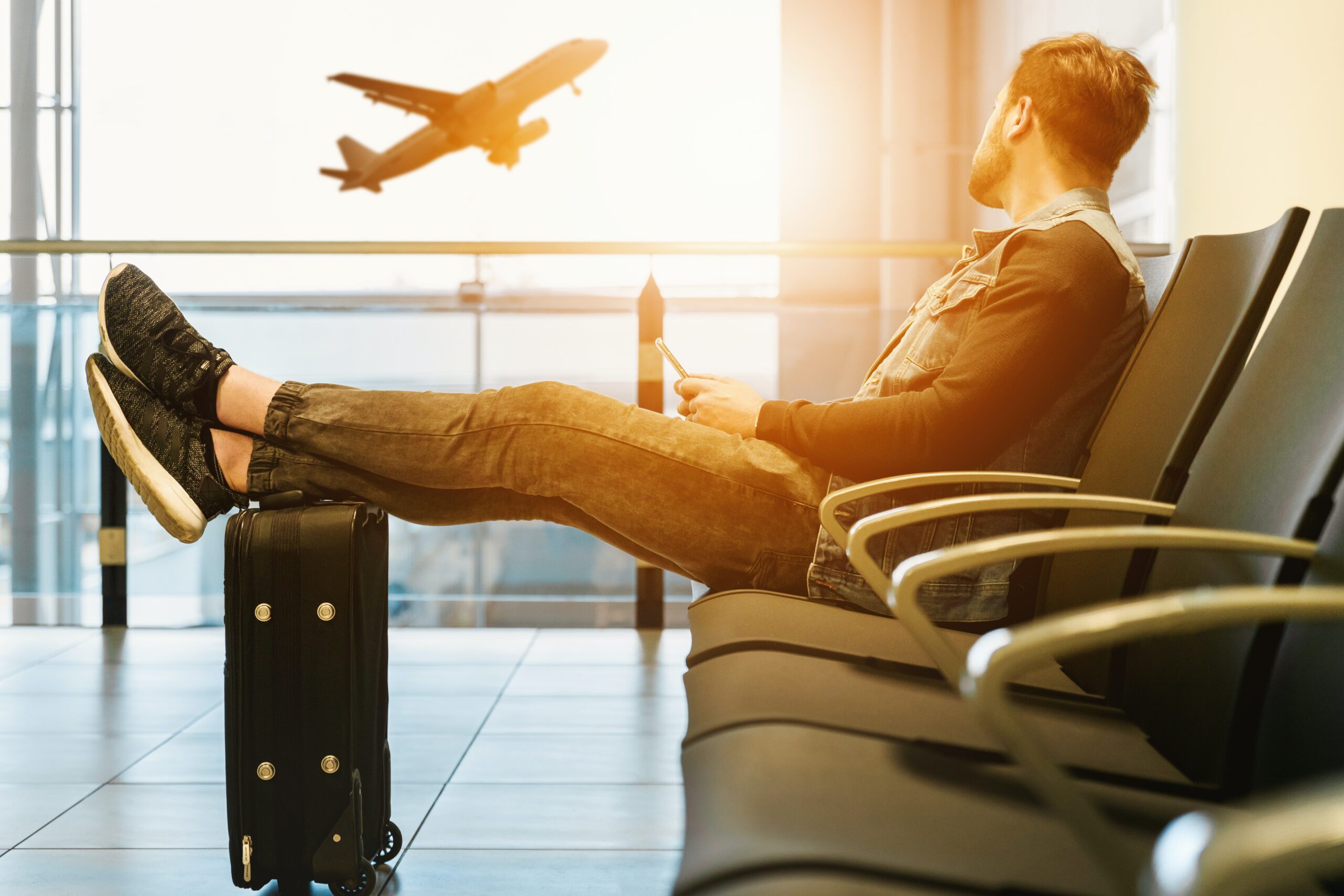The Case of COVID-Carryover: How to Manage an Excess of Employee PTO

The Case of COVID-Carryover: How to Manage an Excess of Employee PTO
By: Jill Knittel, Founder and President of JK Executive Strategies
The global workforce is recovering from a year of working remote and quarantining, with little thought given to planning vacations while the future remained uncertain. This isolation and forced adjustment to remote work left many professionals feeling overworked, stressed, and anxious.
Studies even found that while the average workday in 2020 increased by nearly an hour, over 92% of the workforce canceled, postponed, or didn’t book any vacations during the pandemic. This trend left a surplus of unused PTO hours on the table for many American workers that were unable or unwilling to take time off.
However, the widespread dissemination of vaccinations and the lift on pre-existing travel restrictions have paved the way for workers to start seeking travel opportunities and reprieves from the burnout they faced during 2020. To account for this, over 42% of American companies reported making adjustments to their preexisting policies to increase PTO carryover limits.
With more employees out of the office as we work towards restoring cultures of work life balance, some leaders are struggling with staffing and how they can accommodate workers increasingly enjoying newfound travel freedoms.
Below are some of the ways that companies can manage their workforce taking much-needed breaks while ensuring that operations resume to the highest standard.
- Do I have to offer COVID PTO carryover?
No. You’re not required to carry over unused hours of PTO for your employees after they have expired, but we typically suggest carrying over up to one week of unused time to avoid worker burnout.
However, while it’s a great retention tactic that supports a positive culture, some businesses understandably cannot manage increased employee time off due to factors like lack of staff. If that is the case, you should be exploring other ways to make sure your employees feel valued and are taking the time that they are allotted for PTO before it expires.
This can include introducing new policies like mandatory PTO completion, flexible work schedules, half day Fridays, and even extending holidays to include the week between Christmas and New Years when most businesses are generally quiet.
One factor you must consider, however, is your obligation to abide by the New York State Mandated Sick Leave. This includes anywhere from 40 to 56 hours of paid sick leave based on the size of your business that cannot be taken out of employees’ PTO allotment.
- How can I make sure that output remains optimal with more employees taking time off?
The first step is maintaining open communication with staff about their vacation plans. There should be processes in place for staff to keep an eye on how much time they have and when it expires and to sit down with their manager to map out their vacation plans in advance so proper accommodations can be made. Employee days off should then be documented and shared so that other staff members can see when a colleague will be out and they can plan to support their workload, and vice versa.Staying organized and staggering time off amongst staff when possible will ensure that you avoid bandwidth issues amongst the team and that you have the right resources in place so that workers can truly unplug.
Additionally, employees should be made clear on expectations to brief colleagues on pending projects or current initiatives before they exit for a vacation. Formal documentation of “back-ups” and the status of projects will make it exponentially easier for the in-office staff to support work when needed.
- As COVID resurgences persist across the country, how can I keep my staff safe when a colleague returns from a trip?
This is a commonly asked question given that the two-week quarantine guidelines post-vacation are no longer in place, in addition to many professionals having resumed work travel. Furthermore, employee vaccination status is a new and important variable to consider in the risk of infection and transmission in the workplace.The best way to approach this issue is to ensure that you make your employees a part of the process in determining these travel guidelines to keep everyone safe and comfortable in the office environment. Allowing an employee to come back into office, unmasked or using shared spaces, the day after returning from a vacation may upset other employees that are concerned about possible travel exposure and transmission to themselves and their loved ones at home.
Based on recent guidelines, and out of an abundance of caution, if the traveling worker is unvaccinated, they should be quarantining after out of state travel given their increased risk of transferable infection.
After a year of staying indoors, the risk of burnout for our workforce remains, and it’s the responsibility of leaders to ensure their staff takes time to unplug and foster a healthy mindset and wellbeing to be the best version of themselves in their lives and at work. With the proper planning and processes in place, business leaders can rest assured that their employees’ much-deserved time away from their desks will yield only positive impacts for the company, its culture, and – most importantly – its people.



